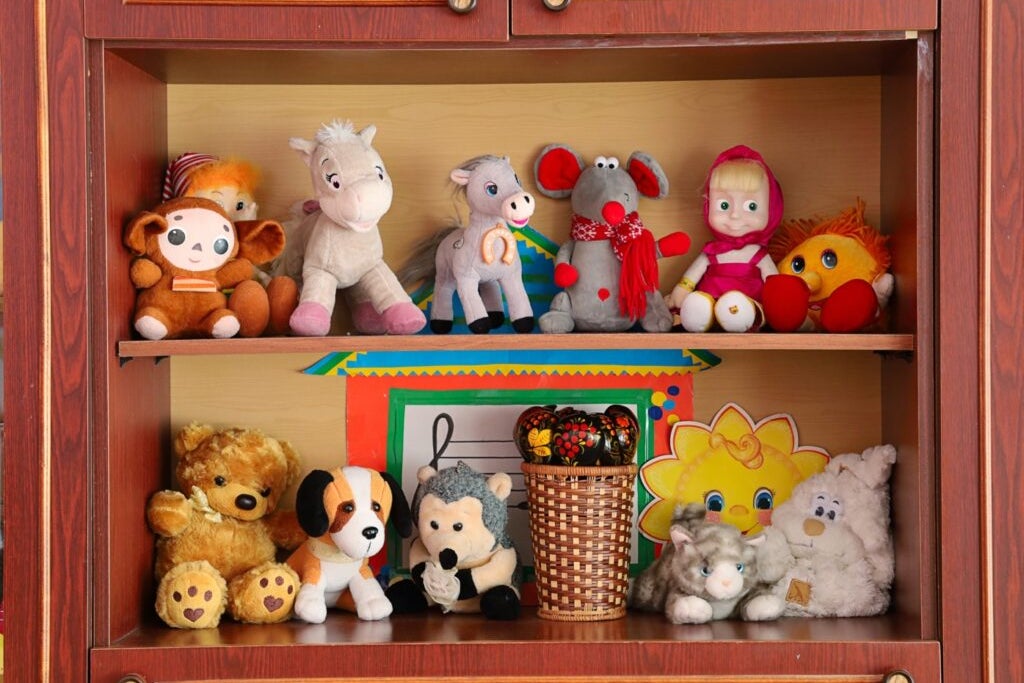Toy Supply Chains at Risk: How Trump’s Tariffs Could Cripple Retail Giants
Major retailers like Walmart and Target are bracing for severe disruptions in their toy supply chains as former President Donald Trump proposes sweeping new tariffs on Chinese imports. With the potential for tariffs to exceed 60%, industry analysts warn of skyrocketing costs, delayed shipments, and even store closures if companies fail to adapt quickly. The looming policy changes, which could take effect as early as 2025 if Trump wins the November election, threaten to upend a $38 billion U.S. toy market already strained by inflation and logistical challenges.
The Looming Threat to Toy Imports
Approximately 85% of toys sold in the U.S. are manufactured in China, making the industry uniquely vulnerable to trade policy shifts. Trump’s proposed tariffs—a dramatic increase from the 7% average rate currently applied to toys—would force retailers to either absorb unsustainable costs or pass them on to consumers already cutting back on discretionary spending. “This isn’t just about higher prices; it’s about whether stores can keep shelves stocked,” explains Dr. Lila Chen, a global trade economist at Harvard University. “Many smaller suppliers may simply collapse under the financial pressure.”
Recent data from the Toy Association highlights the stakes:
- U.S. toy imports from China totaled $27.4 billion in 2023, a 12% increase since 2020
- 70% of Target’s holiday toy inventory and 65% of Walmart’s are sourced from Chinese factories
- Tariffs at 60% could add $16 billion in annual costs industry-wide
Retailers Scramble for Contingency Plans
Walmart and Target are reportedly accelerating efforts to diversify suppliers, with Vietnam, India, and Mexico emerging as alternative manufacturing hubs. However, transitioning production could take 18–24 months—far longer than the timeline retailers may face. “You can’t just flip a switch and move decades of supply chain infrastructure,” says Mark Richardson, a former Target supply chain executive. “Even if companies start today, they’ll be racing against the clock.”
Meanwhile, toy manufacturers are caught in the crossfire. Guangdong-based Top Bright, which produces 30% of Walmart’s wooden toys, has already seen orders drop by 15% as buyers hedge their bets. “We’re exploring partnerships in Thailand, but the quality control and scale aren’t comparable yet,” admits CEO Zhang Wei in an interview.
Broader Economic Implications
The potential fallout extends beyond retail. Analysts at J.P. Morgan estimate that every 10% increase in toy tariffs could eliminate 14,000 U.S. retail jobs, with big-box stores bearing the brunt. Small businesses face even graver risks: Nearly 40% of independent toy stores operate on profit margins below 5%, leaving no room for cost increases.
Proponents of the tariffs argue they’ll boost domestic manufacturing, but skeptics counter that the U.S. lacks the capacity to meet demand. Only 2% of toys sold stateside are currently made domestically, up marginally from 1.5% in 2019. “Reshoring sounds great until you realize it requires billions in factory investments and retraining,” notes Chen. “That’s a decade-long project, not an election-cycle solution.”
What Comes Next for Consumers and Retailers?
With holiday 2024 orders already in production, retailers face a no-win scenario: Cancel contracts and risk empty shelves, or honor them and gamble on tariff exemptions. Target recently informed investors it may raise toy prices by 8–12% this fall, while Walmart is stockpiling inventory—a tactic that backfired during 2022’s supply chain crunch.
Parents should brace for impact. Popular items like Barbie dolls ($16.99 average price) could jump to $22+, and specialty retailers like FAO Schwarz may pare down locations. “This could be the final nail in the coffin for mid-tier malls that rely on holiday toy traffic,” warns Richardson.
The situation remains fluid, but one thing is clear: The toy industry’s golden age of cheap, abundant imports may be ending. Retailers, consumers, and policymakers must confront hard trade-offs between protectionism and affordability—with playtime hanging in the balance.
Call to Action: Concerned consumers can track tariff developments via the Toy Association’s advocacy portal and contact representatives about proposed legislation to phase in tariffs gradually.
See more Business Focus Insider Team

